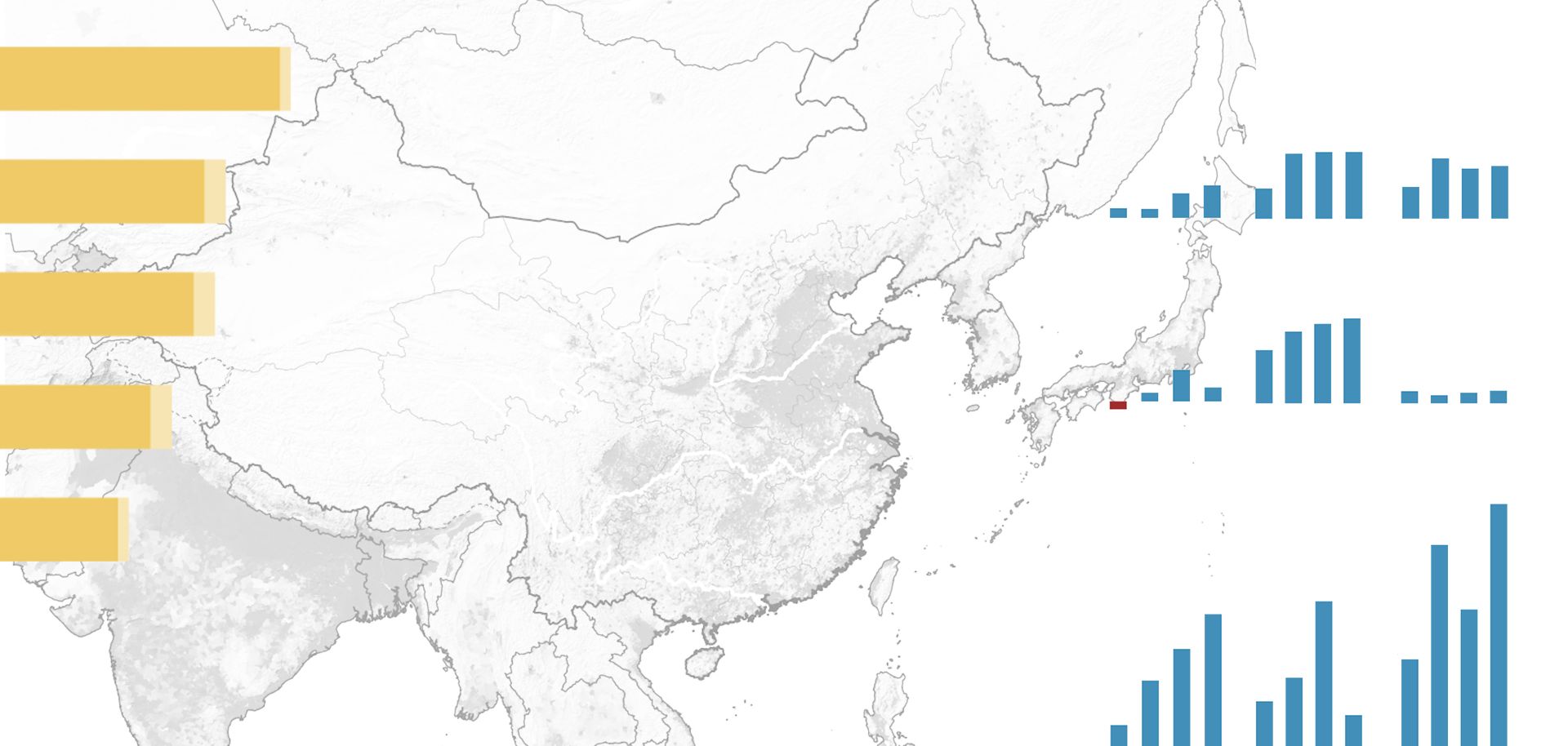
The ongoing standoff between Russia and the West in Ukraine has sent ripples throughout the former Soviet Union, further polarizing former Soviet states into pro-Russian, pro-Western and neutral camps. However, given the sharp political, economic and security changes many of these countries have faced since independence and the evolving demographic and cultural landscape of the region, the broader foreign policy orientation of the former Soviet states is far from set in stone.
After the Soviet Union collapsed at the end of 1991, 15 new countries emerged. The disintegration of the Soviet Union and its institutions was neither smooth nor uniformly applied throughout the bloc. Several ethnic and territorial conflicts emerged leading up to and immediately following the Soviet Union's dissolution, including a war between Moldova and its breakaway territory of Transdniestria, the conflict over Nagorno-Karabakh between Armenia and Azerbaijan, ethnic conflicts between Kyrgyz and Uzbeks in southern Kyrgyzstan as well as civil wars in Georgia and Tajikistan.
By far the largest of these newly independent republics was the Russian Federation, which assumed many of the Soviet Union's powers, assets and responsibilities in the region, especially in the area of security. Russia kept troops in many former Soviet republics well after 1991 and maintains a military presence — whether forcefully or with consent — in several former Soviet countries to this day, including Armenia, Kyrgyzstan, Tajikistan, and breakaway regions in Moldova (Transdniestria) and Georgia (Abkhazia and South Ossetia).
Russia has often maintained the ability to project power in its near abroad despite its economic and political weaknesses. While Russia certainly is not as strong as it was during the Soviet era, it is still the most powerful player in the region and shapes each state's decision-making. While the former Soviet states will no doubt continue undergoing significant changes in the coming years, Russia's influence is likely to continue driving the entire region in the near- to mid-term.



